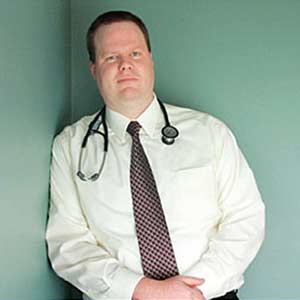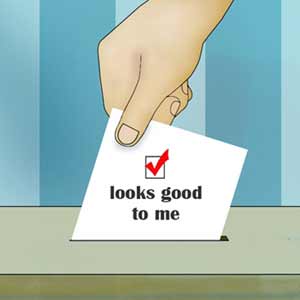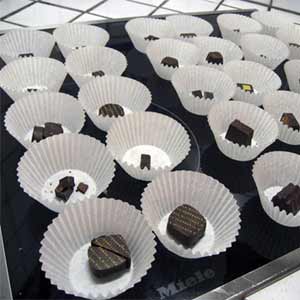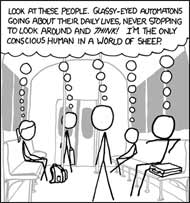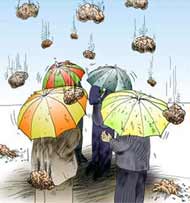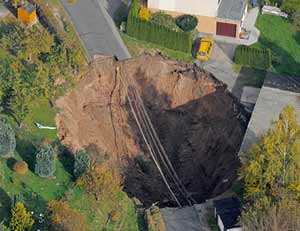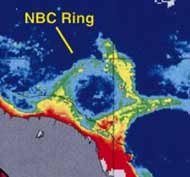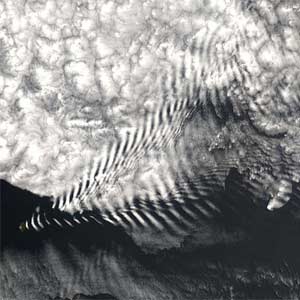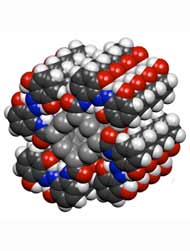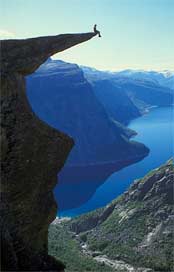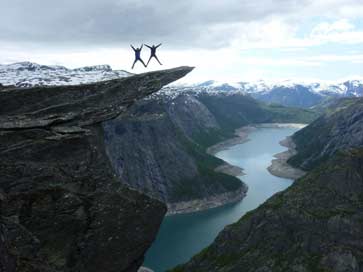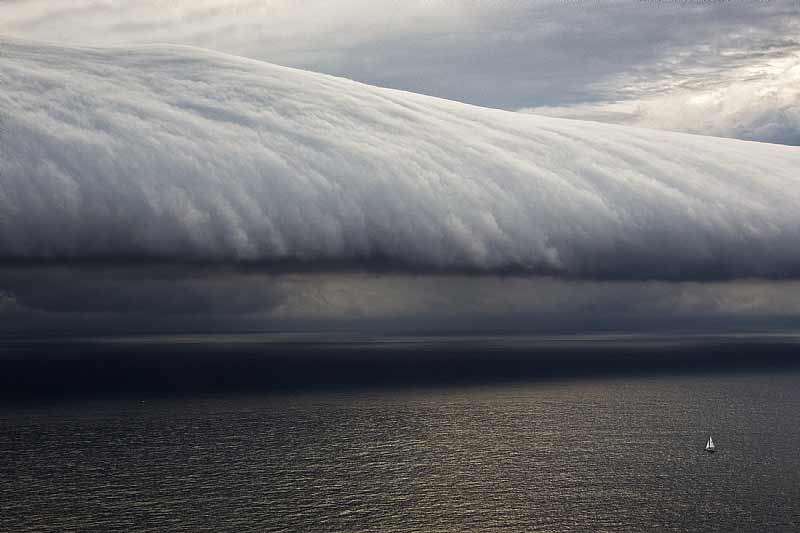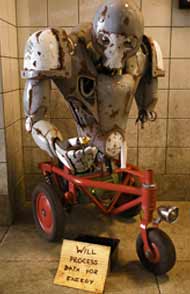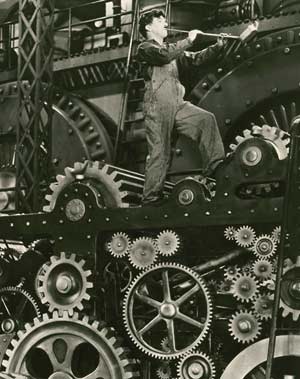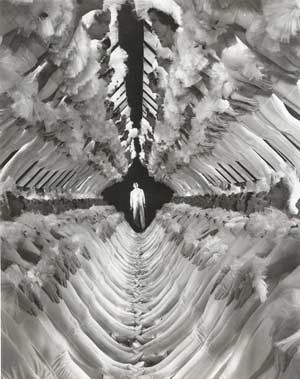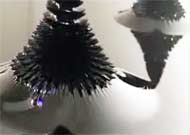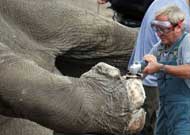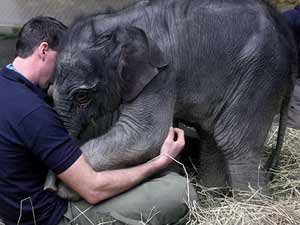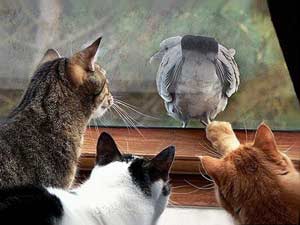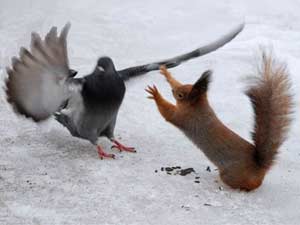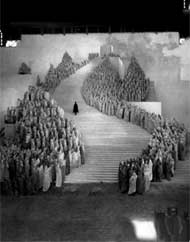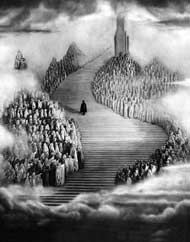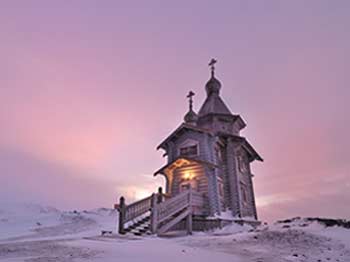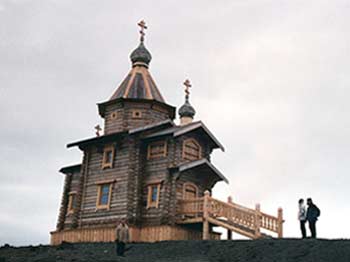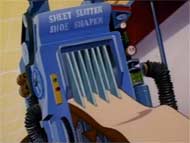Left: The tropics and much of the Northern Hemisphere are likely to experience an irreversible rise in summer temperatures within the next 20 — 60 years if atmospheric greenhouse gas concentrations continue to increase, according to a new climate study by Stanford University scientists. The Stanford team analysed more than 50 climate model experiments including simulations of both historic and expected future conditions and concluded that many tropical regions in Africa, Asia and South America could see "the permanent emergence of unprecedented summer heat" in the next 2 decades. Middle latitudes of Europe, China and North America – including the US – are likely to undergo extreme summer temperature shifts, researchers found. According to projections, large areas of the globe are likely to warm up so quickly that, by the middle of this century, even the coolest summers will be hotter than the hottest summers of the past 50 years.
Right: "Indoor climate control is colliding with an out-of-control outdoor climate. In the US alone, energy consumed by home air-conditioning and the resulting greenhouse emissions have doubled in just over a decade; energy used to cool retail stores has risen by 2/3. Air-conditioning is approaching 20% of year-round electricity consumption by US homes, the highest percentage in history. (The amount of electricity Americans use for powering their air conditioners alone equals the same amount the 930 million residents of Africa use for all their electricity needs.) But air-conditioning has shaped human life in other, sometimes unexpected ways that go far beyond the monthly utility bill. In some of the world’s hot zones — Arizona, Florida, India, Australia — air-conditioning changes the human experience in surprising ways: it gives a boost to global warming that it is designed to help humans endure, provides a potent commercial stimulant, makes possible an impossible commuter economy, and alters migration patterns. Though it saves lives in heat waves, it may also alter humans’ sensitivity to heat; rates of infection, allergy, asthma, and obesity; and even sex lives. And 6 of every 7 gallons of diesel fuel US forces haul into Iraq and Afghanistan are used to run air-conditioning.” — Stan Cox, Losing Our Cool
 Animals
Animals Animation
Animation Art of Playing Cards
Art of Playing Cards Drugs
Drugs Education
Education Environment
Environment Flying
Flying History
History Humour
Humour Immigration
Immigration Info/Tech
Info/Tech Intellectual/Entertaining
Intellectual/Entertaining Lifestyles
Lifestyles Men
Men Money/Politics/Law
Money/Politics/Law New Jersey
New Jersey Odds and Oddities
Odds and Oddities Older & Under
Older & Under Photography
Photography Prisons
Prisons Relationships
Relationships Science
Science Social/Cultural
Social/Cultural Terrorism
Terrorism Wellington
Wellington Working
Working Zero Return Investment
Zero Return Investment